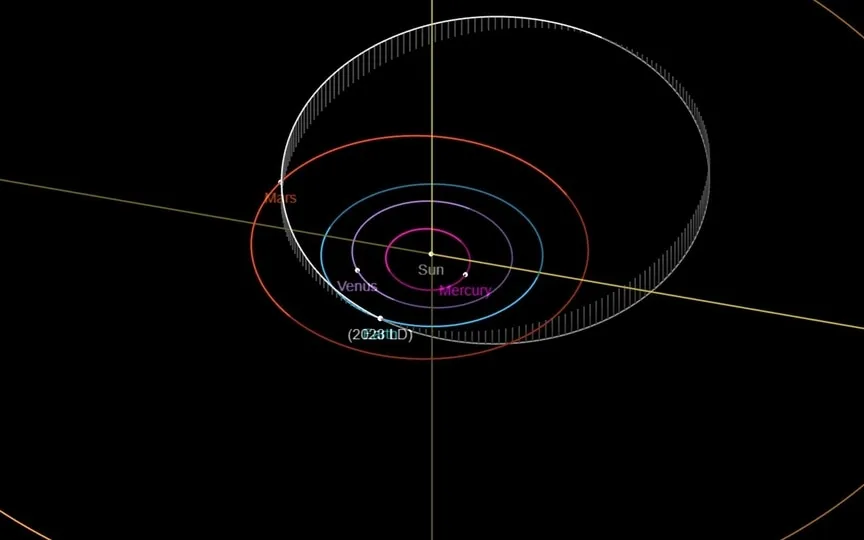NASA on High Alert as Asteroid Comparable to Chelyabinsk Meteor to Pass Close to Earth Today
Environmental events like solar storms, solar flares, and earthquakes have hit Earth, and numerous asteroids have passed by at close range. These near misses have emphasized the danger posed by these space rocks and underscored the significance of monitoring and researching them. In addition to preventing asteroid impacts, scientists study asteroids to learn about the early solar system and the circumstances that existed during planet formation. Asteroids can also offer valuable resources like water, metals, and minerals.
NASA uses telescopes such as Pans-STARRS1 in Maui, Hawaii and the Catalina Sky Survey near Tucson, Arizona to track asteroids. In addition, NEOWISE, NASA’s space-based observatory, has identified hundreds of asteroids by scanning the sky at near-infrared wavelengths from the orbit of light around Earth’s poles.
Using such advanced techniques, NASA has identified an asteroid that is hurtling toward Earth today.
Asteroid 2023 LD data
NASA’s Planetary Defense Coordination Office is responsible for monitoring the skies and observing various Near-Earth Objects (NEOs). The organization has issued a warning about the asteroid, named Asteroid 2023 LD. This Near-Earth Asteroid (NEA) is expected to make its closest approach to Earth today, June 9. Although this asteroid will come very close to the planet, it is not expected to hit the surface. According to NASA, asteroid 2023 LD will pass Earth at a distance of only 950,000 km!
It is already on its way to the planet and travels at a speed of 32763 kilometers per hour. According to NASA, asteroid 2023 LD is nearly 59 feet across, and while it’s not a planet killer, it’s important to note that the asteroid that exploded over the city of Chelyabinsk was also only 59 feet across. When it exploded, it damaged nearly 8,000 buildings and injured more than 1,000 people.
In addition, it belongs to the Cupid group of Near-Earth Asteroids, which are near-Earth asteroids with orbits outside the Earth but inside Mars, named after the asteroid 1221 Cupid.




